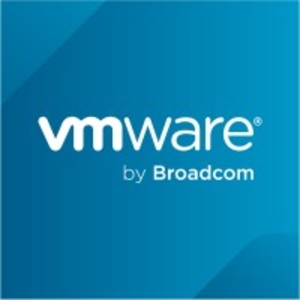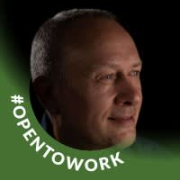The tool could benefit from improved filter settings and dashboarding. While there are dashboards available, they are often created by community members and may not work after updates. It would be beneficial to have a roadmap for these dashboards to ensure consistent functionality. It would also be advantageous if the tool could process even large amounts of data faster, though this may be more related to data movement challenges rather than the software itself.




